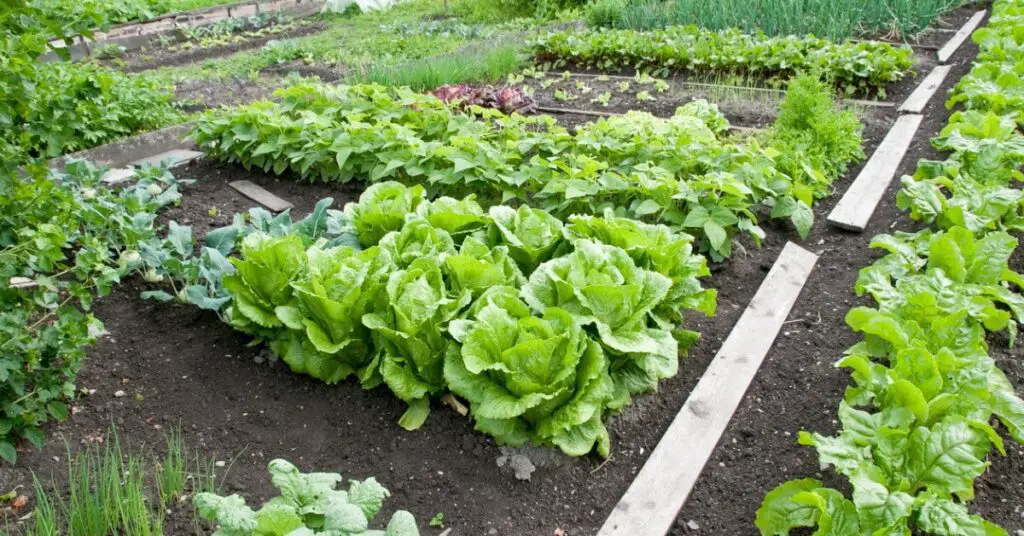Corn plants, or Dracaena fragrans, are popular houseplants for their resilience and decorative appeal. However, even the hardiest plants can face problems. This guide will help you identify the signs of a dying corn plant, steps to revive it, and tips for long-term maintenance.
Why Is My Corn Plant Dying?
Common reasons your corn plant may be dying include:
- Inadequate Watering: Over- or underwatering can lead to various issues.
- Lack of Humidity: As a tropical plant, it needs consistent humidity.
- Direct Sunlight: Too much direct light can cause leaf damage.
- Pests and Diseases: Problems like root rot and pest infestations.
Signs of a Dying Corn Plant
Understanding the signs is crucial for timely intervention:
- Yellowing Leaves: Often due to overwatering or poor drainage, leading to root rot.
- Brown Leaf Tips: Typically a sign of overwatering or insufficient humidity.
- Brown Spots or Leaves Can indicate too much direct sunlight or fungal infections.
- Stalk Problems: A soft, wilting stalk may suggest overwatering, while a hard, thin stalk often means underwatering.
How to Revive a Dying Corn Plant
Reviving your plant involves several steps:
- Move the Plant: Relocate it away from direct sunlight to prevent sunburn.
- Inspect for Root Rot: Remove the plant from its pot, trim any black, mushy roots, and repot in fresh, well-draining soil.
- Adjust Watering: Ensure the soil is moist but not drenched. Let the soil dry partially between waterings.
- Regulate Humidity: Use a humidifier or place the pot on a tray filled with pebbles and water.
- Prune Damaged Leaves: Remove brown or yellowing leaves to direct the plant’s energy toward new growth.
- Fertilize: Use a balanced houseplant fertilizer monthly during the growing season.
Additional Tips for Saving Your Corn Plant
- Potting and Repotting: Use a pot with enough space for the roots. When repotting, choose a slightly larger pot.
- Temperature and Lighting: Maintain temperatures between 60-75°F and provide indirect light.
- Pests: Inspect regularly for pests like spider mites and scale and treat promptly.
Preventive Measures to Keep Your Corn Plant Healthy
Prevention is critical to a thriving plant:
- Regular Inspection: Check your plant frequently for early signs of trouble.
- Proper Watering: Water thoroughly, then wait until the top inch of soil is dry before watering again.
- Maintain Humidity: Regular misting or using a pebble tray can help maintain the proper humidity levels.
- Avoid Direct Sunlight: While adaptable to various light conditions, avoid placing your plant in intense direct sunlight.
- Correct Soil: Use a well-draining soil mix to prevent waterlogging and root rot.
Conclusion
By understanding and addressing the needs of your corn plant, you can ensure it remains a vibrant, healthy addition to your indoor garden. Follow these tips to diagnose problems early, revive ailing plants, and maintain their health for years.



